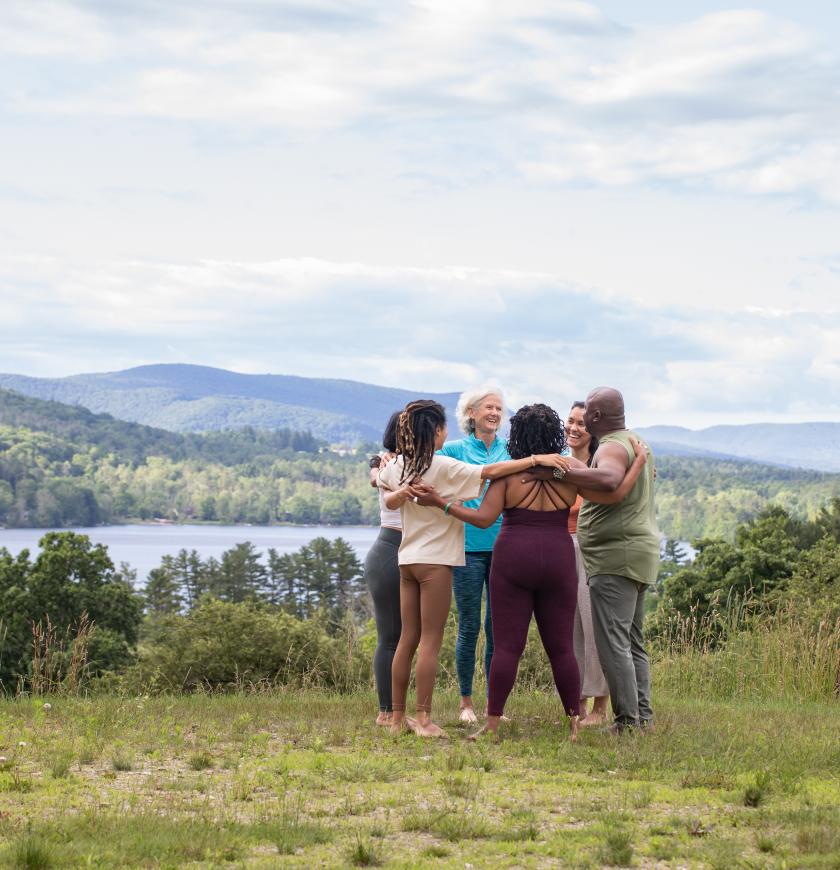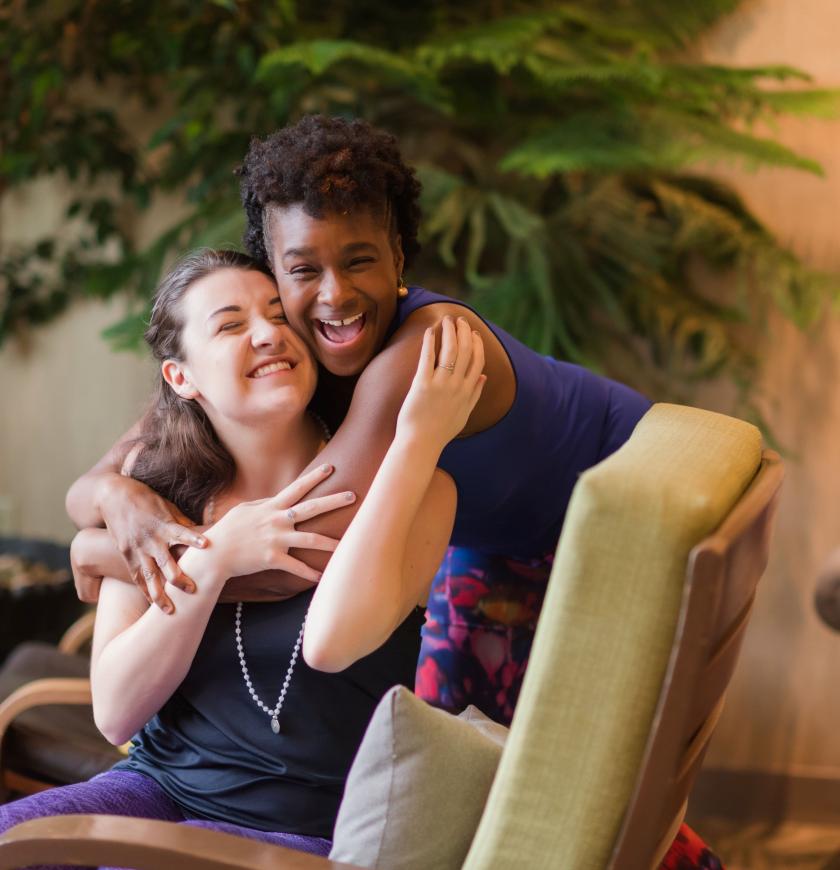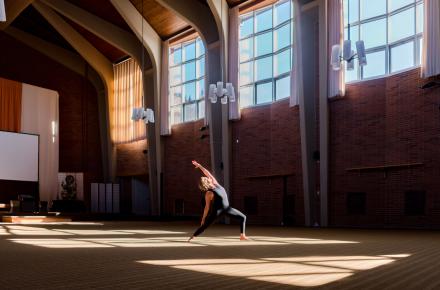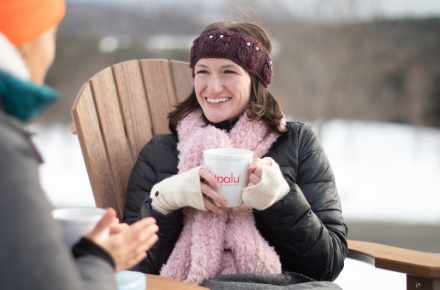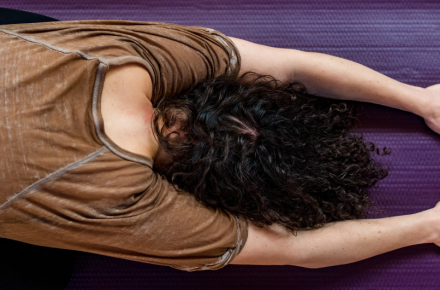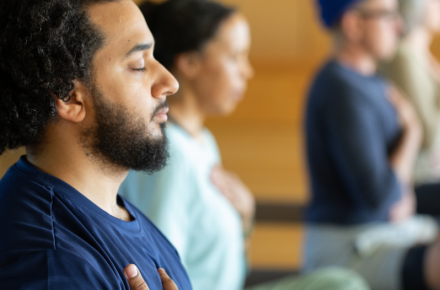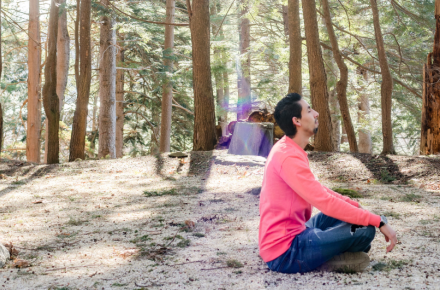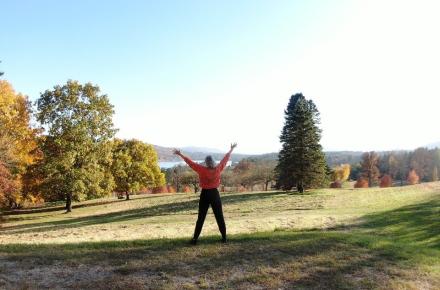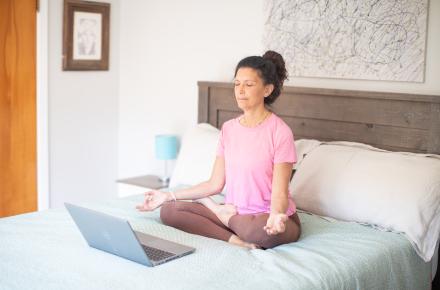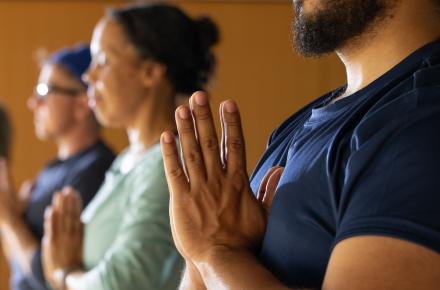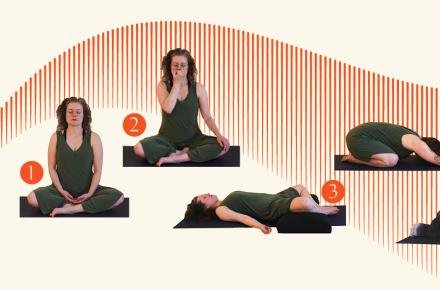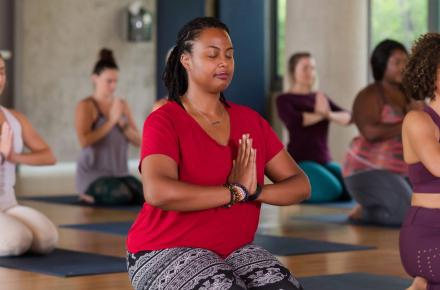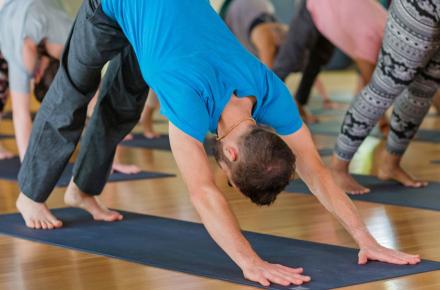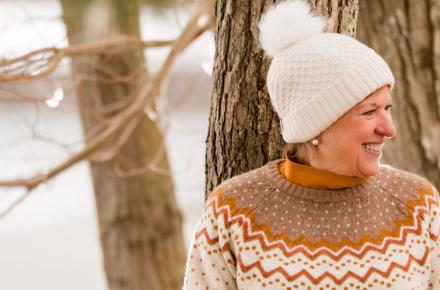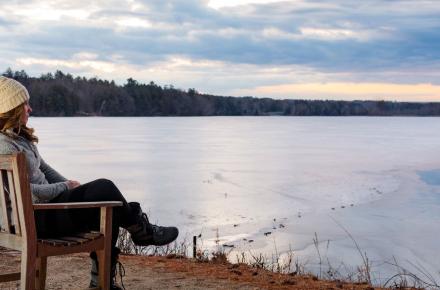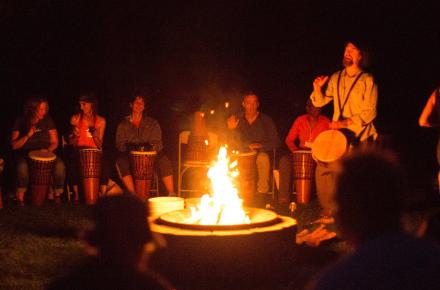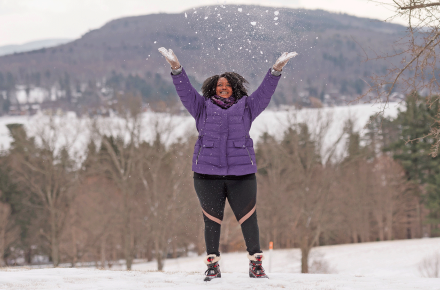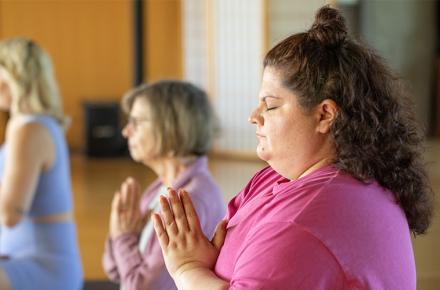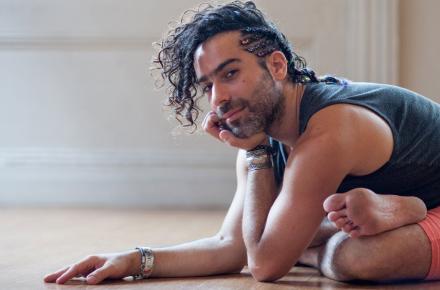To Touch or Not to Touch: Bringing Sensitivity to Yoga Assists


Most yoga practitioners have a story regarding hands-on adjustments or assists. Some are examples of how the adjustment enhanced their relationship with a certain posture; some are tales of feeling invaded and disrespected. As a practitioner, I’ve experienced both. As I teacher, I’ve also offered both.
When I was a new teacher, I wanted the best for my students. But in retrospect, my adjustments, at times, had the quality of “I know better than you how to be in your body.” It takes skill and sensitivity to approach a student, ask permission before each touch, and—most challenging of all—to know when it’s okay to let go of “misalignments” and trust the student to do what’s best for their body. Manipulative (hands-on) assists can help the teacher feel empowered. But do they always empower the student?
Learning the nuances of adjustments and assists takes time. Most 200-hour yoga certification programs do not offer enough anatomical instruction, nor sufficient practice time to develop the insights needed to efficiently assist students. And much of modern yoga is training students to believe that there is only one kind of useful adjustment, and that’s the hands-on, manipulative assist. There are actually other ways to support students in getting the most out of a posture without resorting to touch. As I grew as a teacher, I came to see that although manipulations have their place and can be effective, there are other ways to support a student’s experience in a pose.
Kripalu Yoga offers a variety of options for assists and adjustments. Here are the five primary options.
Press Point: A press-point assist is when the teacher places a hand on an area such as the crown of the head, the fingertips, and the sacrum and invites the student to move, lengthen, or press into the teacher’s hand. A verbal cue is also usually associated with this assist. The beauty of this type of adjustment is that the student themselves initiate the movement, learning from their own body. Press points are both internal directions of focus and specific external structural locations. Press-point assists help the student relax and let go of any need for the posture to be “picture-perfect.”
Verbal: The best teachers observe their class and watch how students move, and then offer cues based on what is observed. Teachers may even approach a student and offer support directly to them: “You might find it more effective to place your wrist under your shoulder.” This type of assist is often more economical, as you can guide with one student in mind but still speak to the whole class.
Modeling: In this assist, the teacher stands alongside or in front of a student, modeling the misalignment (if it is safe for the teacher to do so), and then demonstrates how the posture should change. For example, in Warrior II, a student is leaning too far forward over their torso, over their bent right knee—a common misalignment. In a modeling assist, the teacher positions themselves in the student’s sight line, showing the forward lean, and then brings their torso to the appropriate position. Often you can talk through these cues to the whole class while modeling, which helps this action become even clearer.
Props: Offering props and encouraging their use is a great way to assist students. It helps if the teacher is willing to model the use of the prop themselves. Simple techniques such as placing a blanket under the knees in Tabletop or offering a block in Lunge go a long way in helping students find spaciousness in any given posture.
Physical Manipulations: These types of assists require a great deal of expertise and experience. Not only does the danger of physical injury increase when a teacher manipulates someone’s body, they are also interfacing in the student’s energy field. Even when the teacher is clear and skillful, students can still be left with a feeling that they were doing the posture wrong. It’s important that a teacher asks permission to touch and respects the student’s right to say no, even if the teacher believes the posture should be done differently.
Because of the size and drop-in nature of our guest yoga classes here at Kripalu, we are currently evaluating whether or not it’s appropriate for our teachers to offer manipulative assists in our classes. Below are some fundamental principles from the Kripalu methodology that can help teachers offer effective assists/adjustments, whether they are hands-on or not.
- Be aware of your attitude. Assisting is about helping the student's body open more fully and safely in the postures. It is not about “fixing” something that is “wrong.”
- Before assisting the student, observe the whole posture. Look for places that seem less open or places where the “energy” of the posture is not flowing.
- Wait until the students have stopped moving before you assist. Let them do all that they can do in the posture before you offer additional help.
- Do not assist a student who is tired or ready to come out of the posture. When we have held too long we are not open to doing more.
- Ask permission before assisting. There are numerous reasons why a person may not want to be assisted or adjusted. Allow the student their right to choose.
- Combine verbal leading with assisting. Tell the student what the assist is encouraging their body to do.
- Give only one or two assists. Do not overwhelm the student.
- Give assists needed for safety first.
- Stay connected to the class as you assist individual students
- Always make sure students know that you are open to feedback regarding any assist/adjustment offered in class.
Find out about upcoming yoga programs with Cristie Newhart at Kripalu.
© Kripalu Center for Yoga & Health. All rights reserved. To request permission to reprint, please email editor@kripalu.org.
